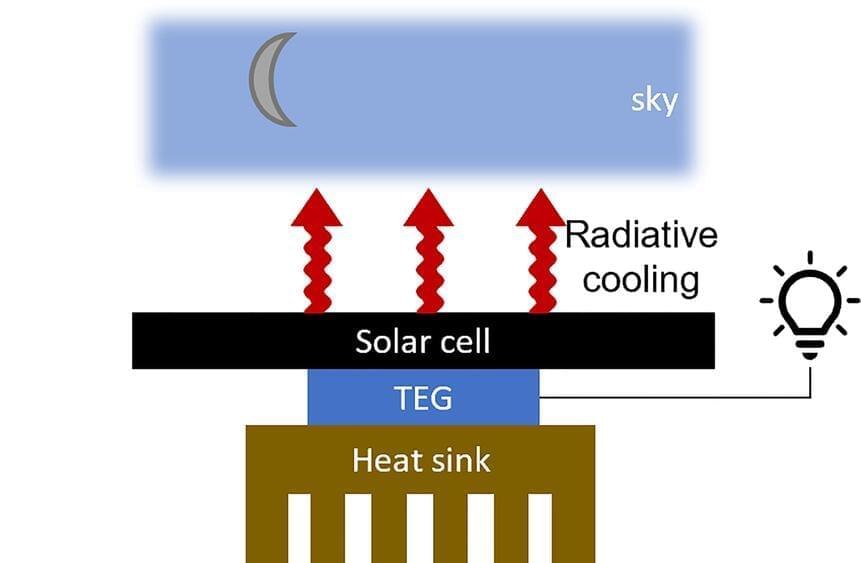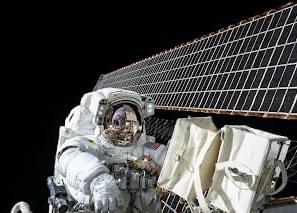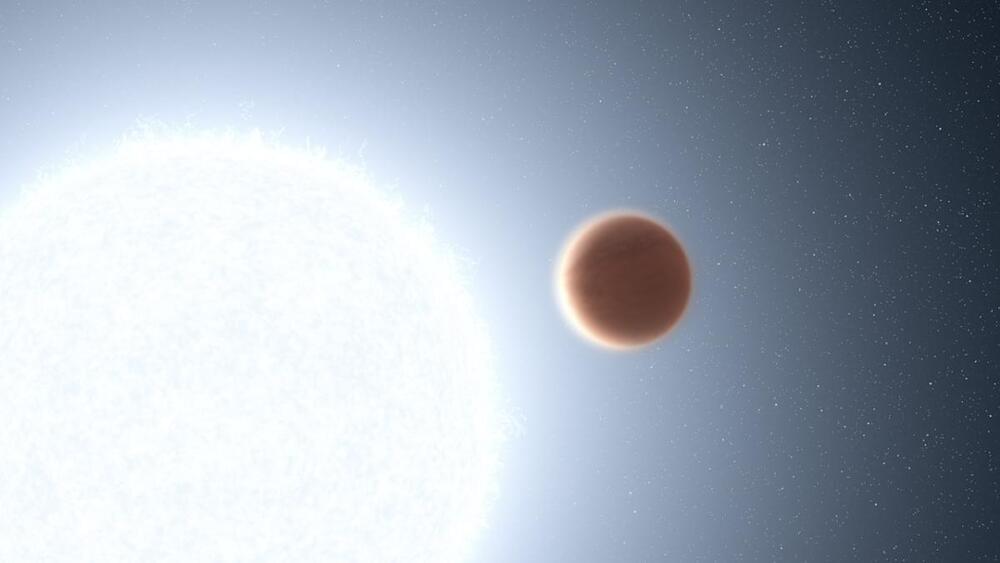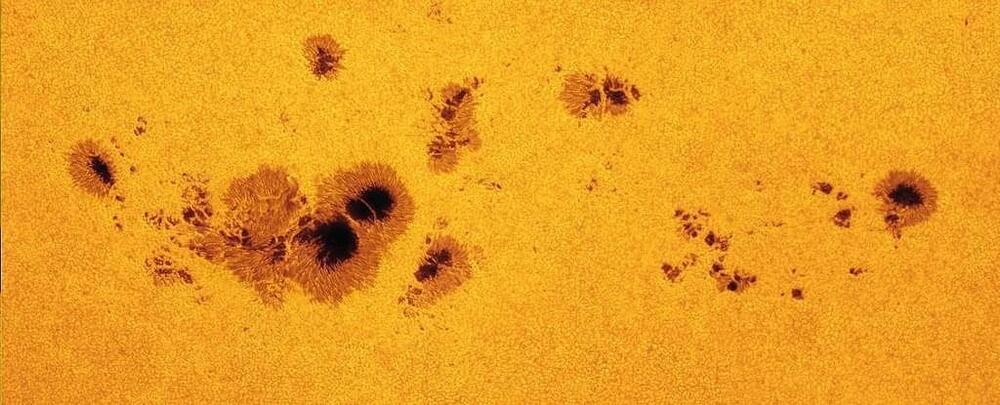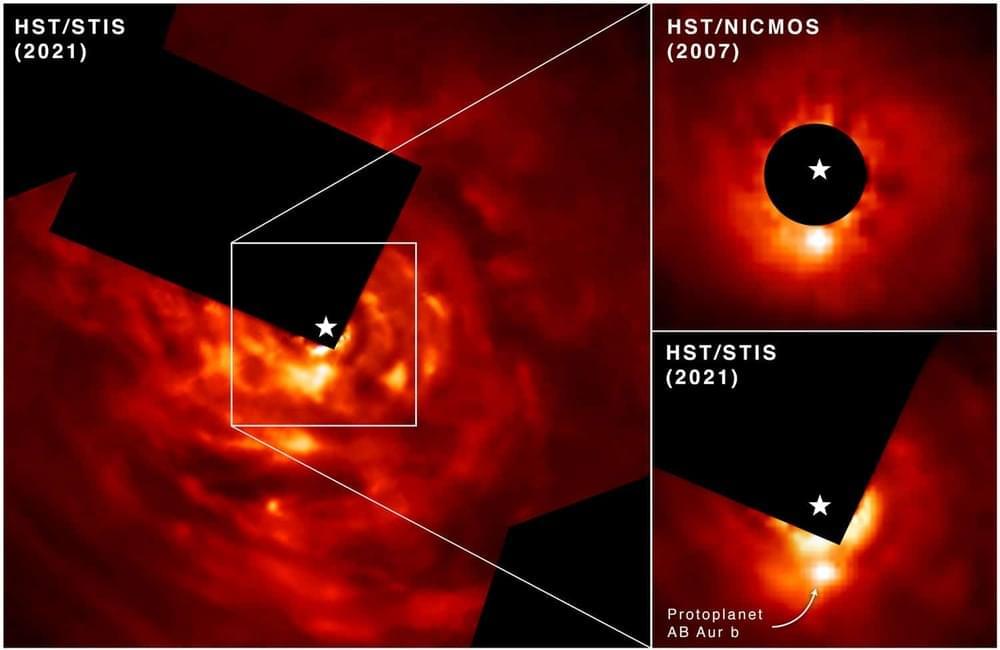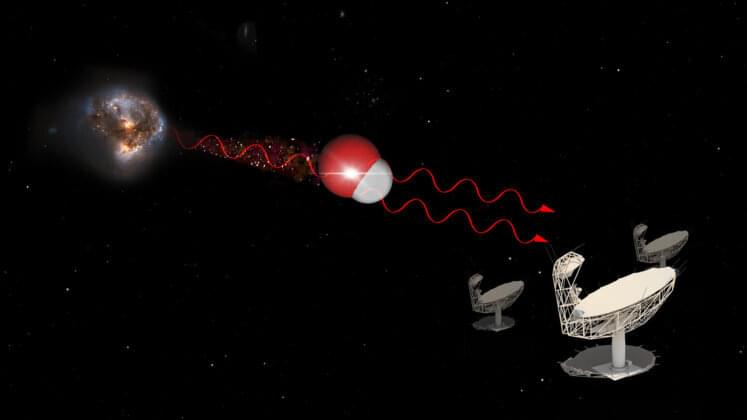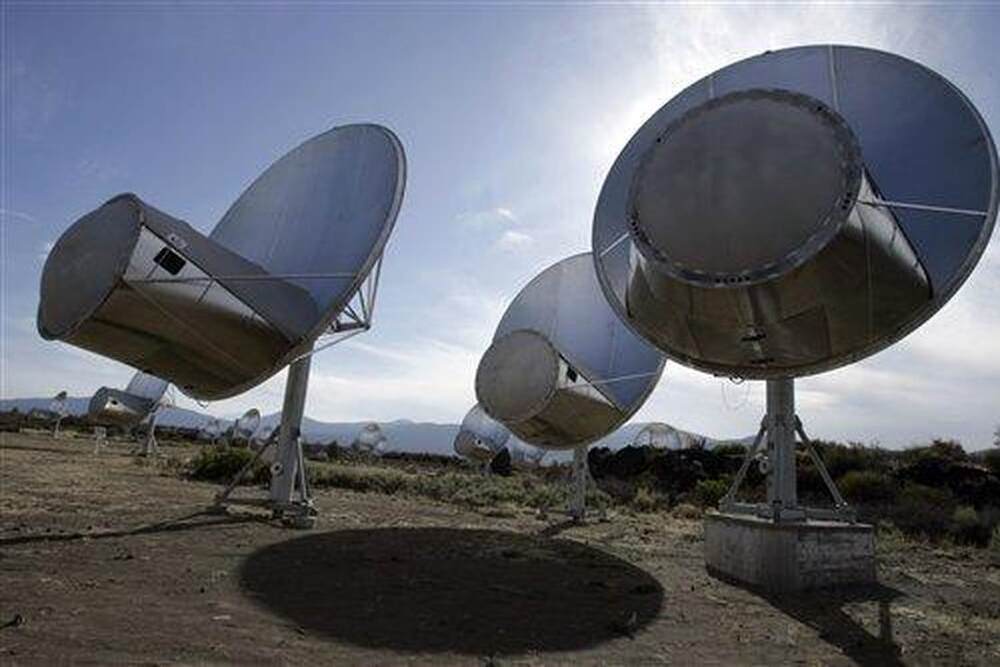Apr 10, 2022
Webb Space Telescope’s Cool View on How Stars and Planets Form
Posted by Genevieve Klien in category: space
The ongoing success of the multi-instrument optics alignment for NASA ’s Webb telescope’s near-infrared instruments has moved the attention of the commissioning team to chill as we carefully monitor the cooling of the Mid-InfraRed Instrument (MIRI) down to its final operating temperature of less than 7 kelvins (−447 degrees Fahrenheit 0, or-266 degrees Celsius). We are continuing other activities during this slow cooldown which include monitoring the near-infrared instruments. As MIRI cools, other major components of the observatory, such as the backplane and mirrors, also continue to cool and are approaching their operational temperatures.
Last week, the Webb team did a station-keeping thruster burn to maintain Webb’s position in orbit around the second Lagrange point. This was the second burn since Webb’s arrival at its final orbit in January; these burns will continue periodically throughout the lifetime of the mission.
In the last few weeks, we have been sharing some of Webb’s anticipated science, beginning with the study of the first stars and galaxies in the early universe. Today, we will see how Webb will peer within our own Milky Way galaxy at places where stars and planets form. Klaus Pontoppidan, the Space Telescope Science Institute project scientist for Webbthe cool science planned for star and planet formation with Webb:

